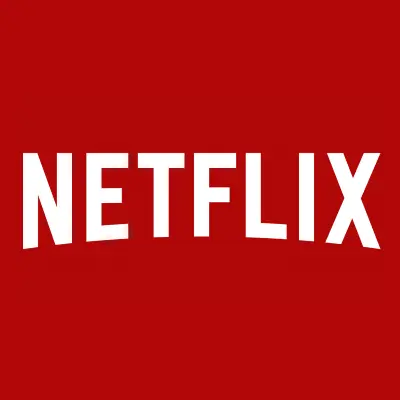Netflix shows have devolved from high quality to an assembly line of television
-

With its viewers binging network shows like Friends, The Office and Grey's Anatomy, Netflix executives became obsessed with having bingeable full seasons, says Jake Ures. In 2022, as he points out, Netflix will release over 120 seasons of television. "Initially Netflix’s model for original content was a slate of decent marquee shows like Orange is the New Black, Stranger Things, and David Fincher’s House of Cards," says Ures. "Known for his visual exactitude, Fincher’s show starred an A-list cast and was able to tell a slower-paced story. This was the promise of the streamer-studio exemplified: Netflix would offer auteurs freedom and money to tell stories no other network would allow. First-look deals with filmmakers and showrunners with fan bases seemed like a mutually beneficial arrangement, especially when it seemed like independent filmmaking and mid-tier budget films were getting harder to come by. The problem is that this tenuous arrangement was dependent on a model that HBO had fine-tuned and that Netflix chose to reject. HBO’s model of weekly Sunday night premium programming had allowed it to focus on fewer shows with much stricter quality assurance. HBO shows thus stayed on the air longer and stayed relevant for longer, which allowed the network to keep quality high and be more discerning with which shows it green-lit. But Netflix needed full seasons, it needed a lot of them, and it needed them now. To make content at the desired speed and volume, the company took advantage of its status as 'new media,' which meant that its union contracts could be negotiated with much lower rates and less costly penalties for making crews work substandard hours. The streamer-studio was supposed to be an incubator for creator creativity. Instead, it increasingly resembled a sweatshop."
TOPICS: Netflix
More Netflix on Primetimer:- Where Are Mary-Ashanti and Djennane From What's in the Box? Now? Details explored
- Love Is Blind Italy: Who’s still together and who split after the finale? Details explored
- Are Love is Blind: Italy couple Karen and Nicola still married? Details explored
- Emily in Paris Season 5 cast: Every character featured in the series and the actors behind them
